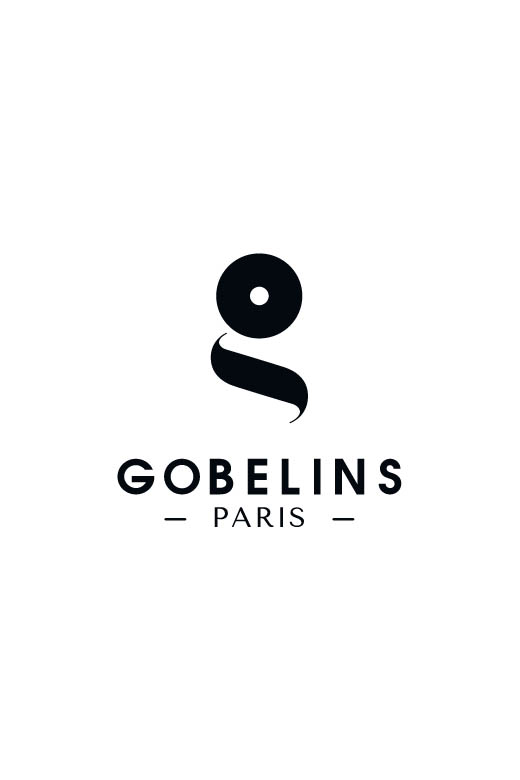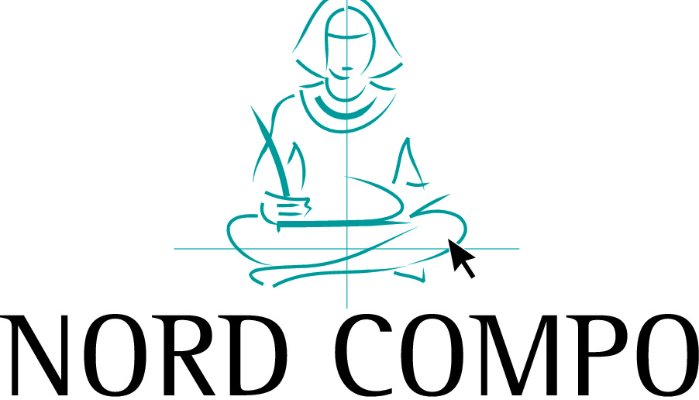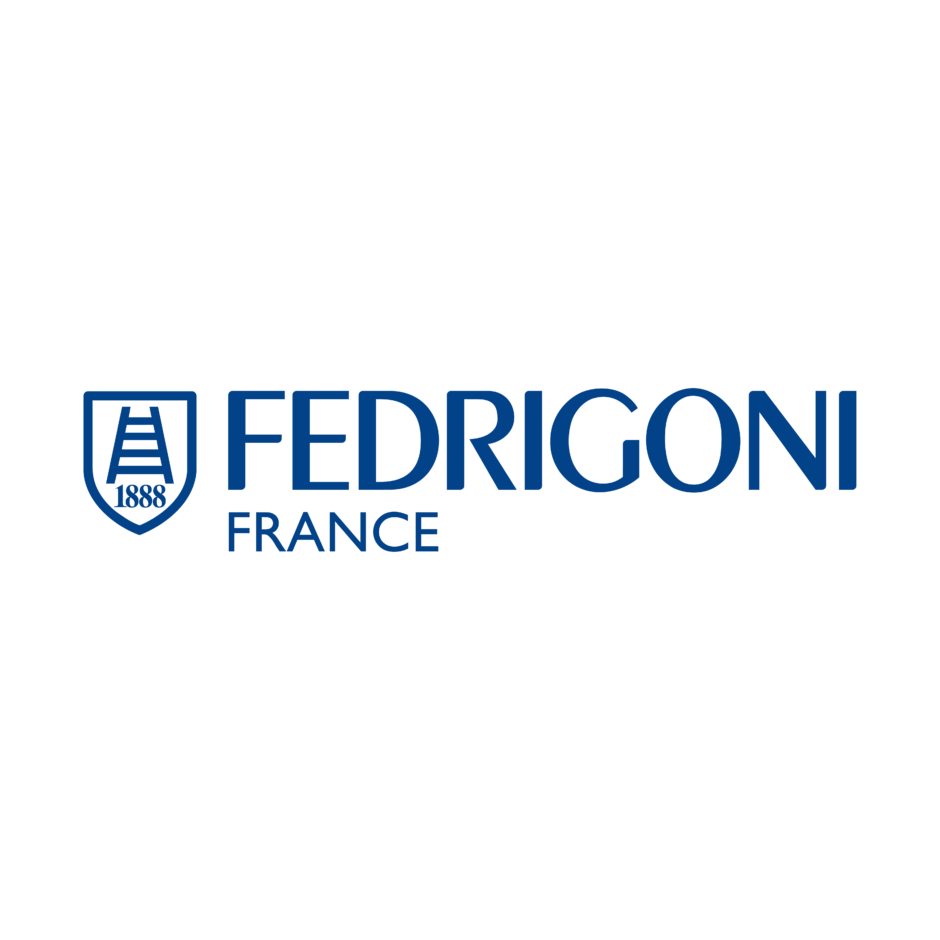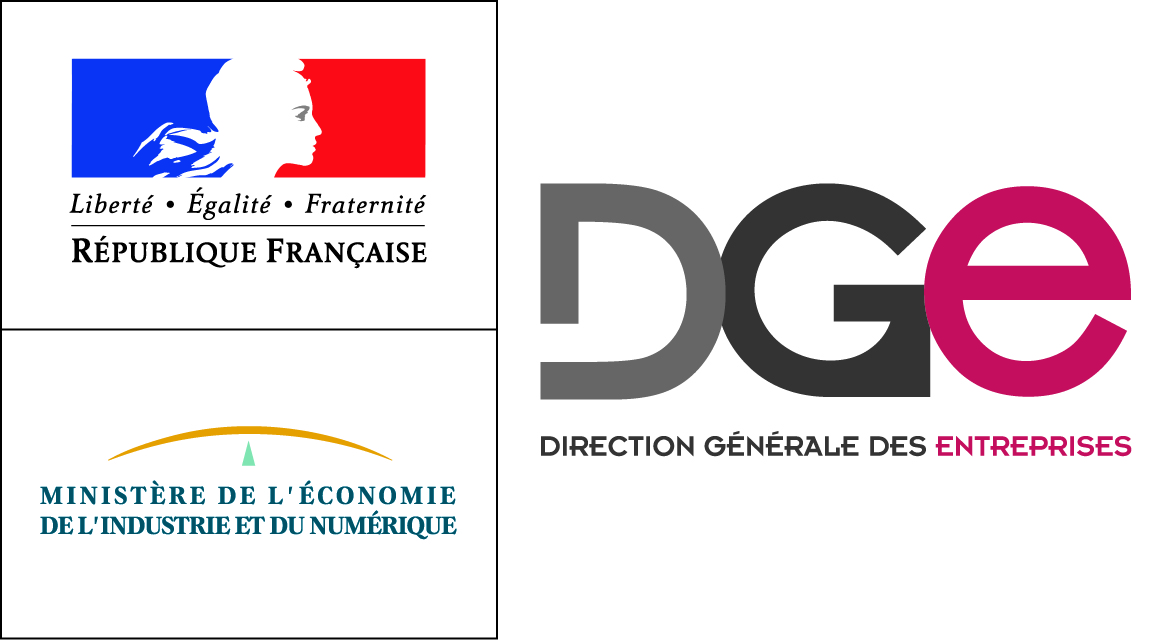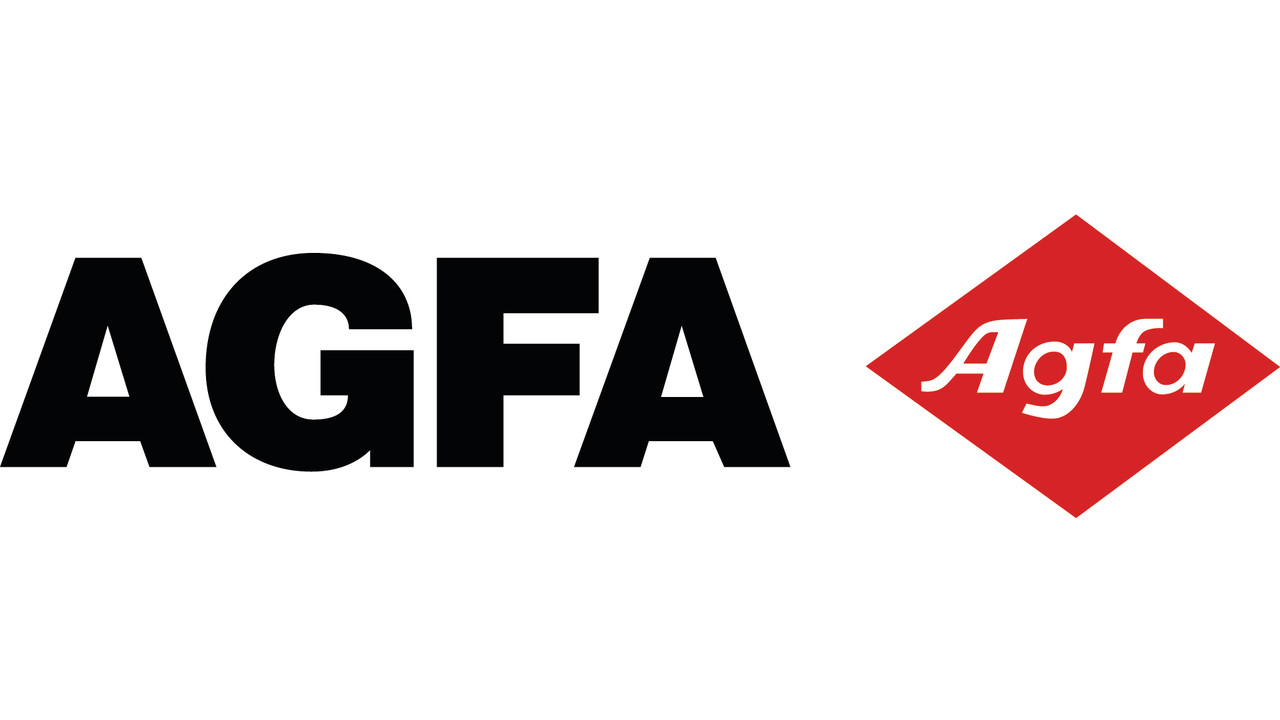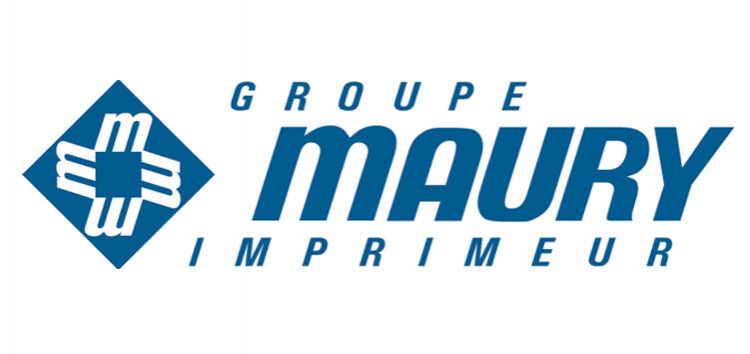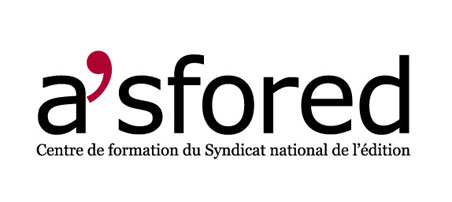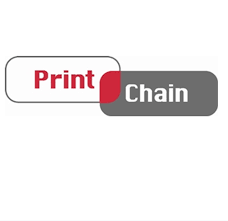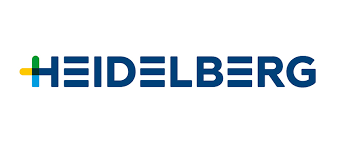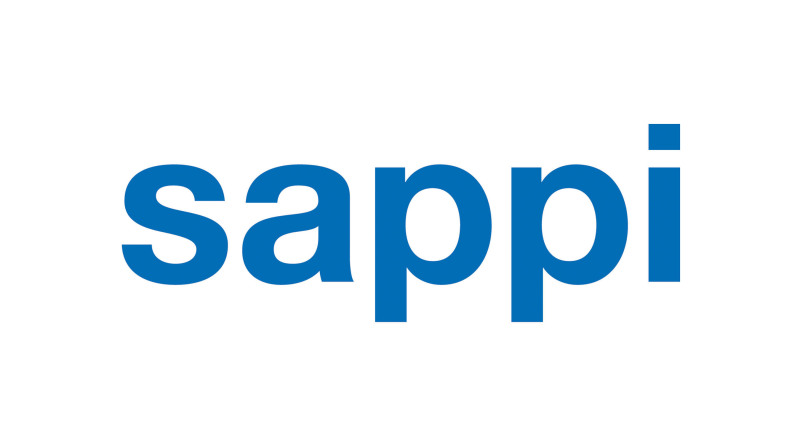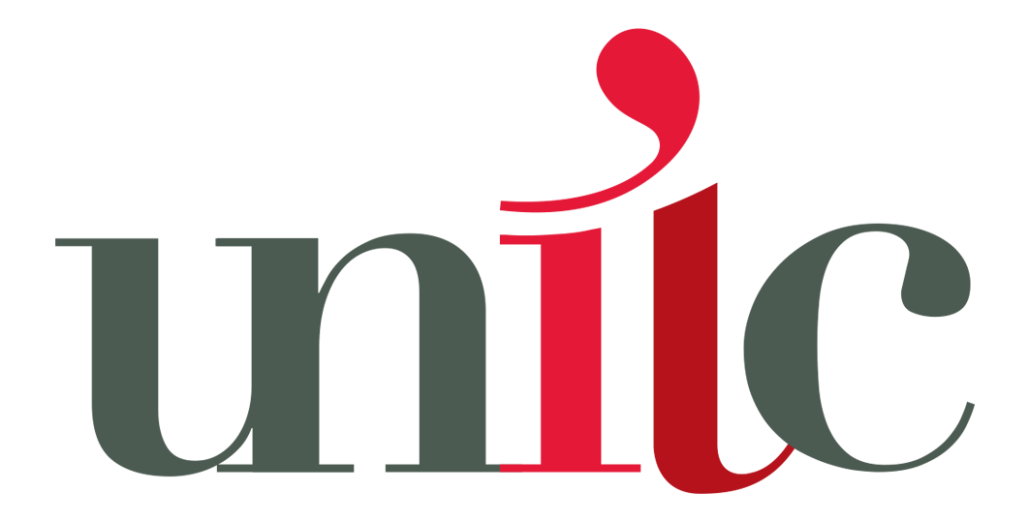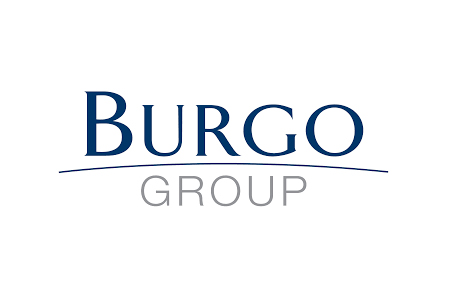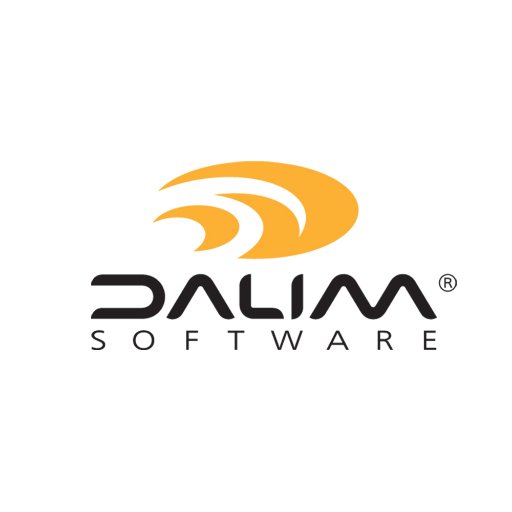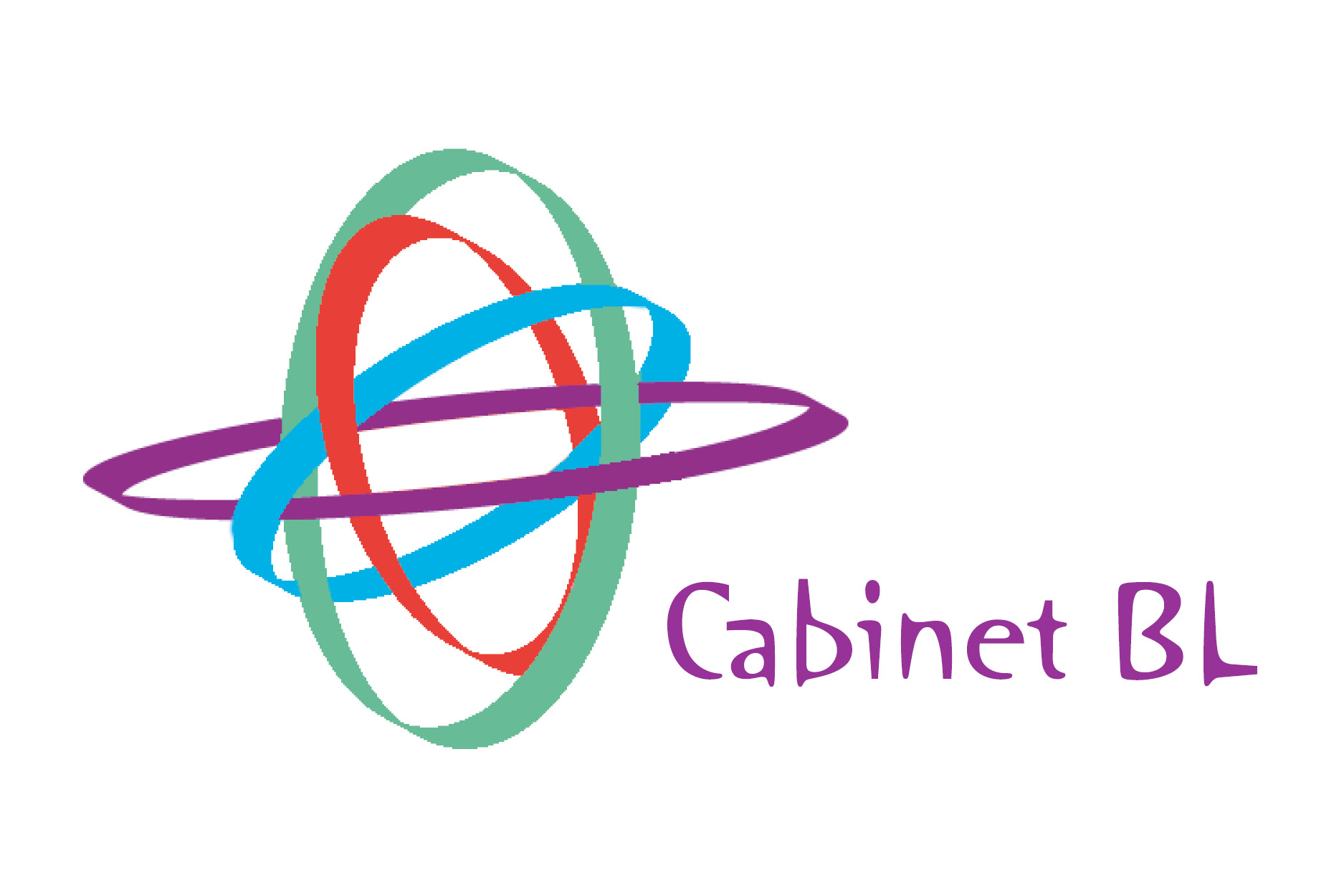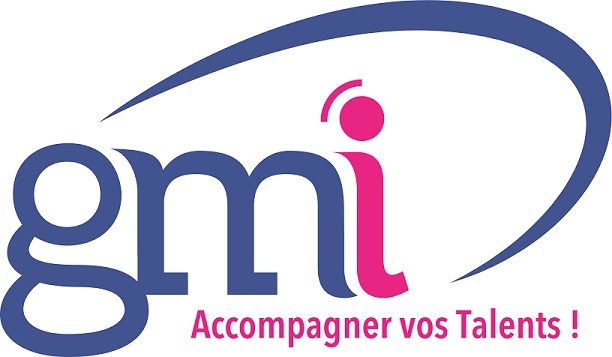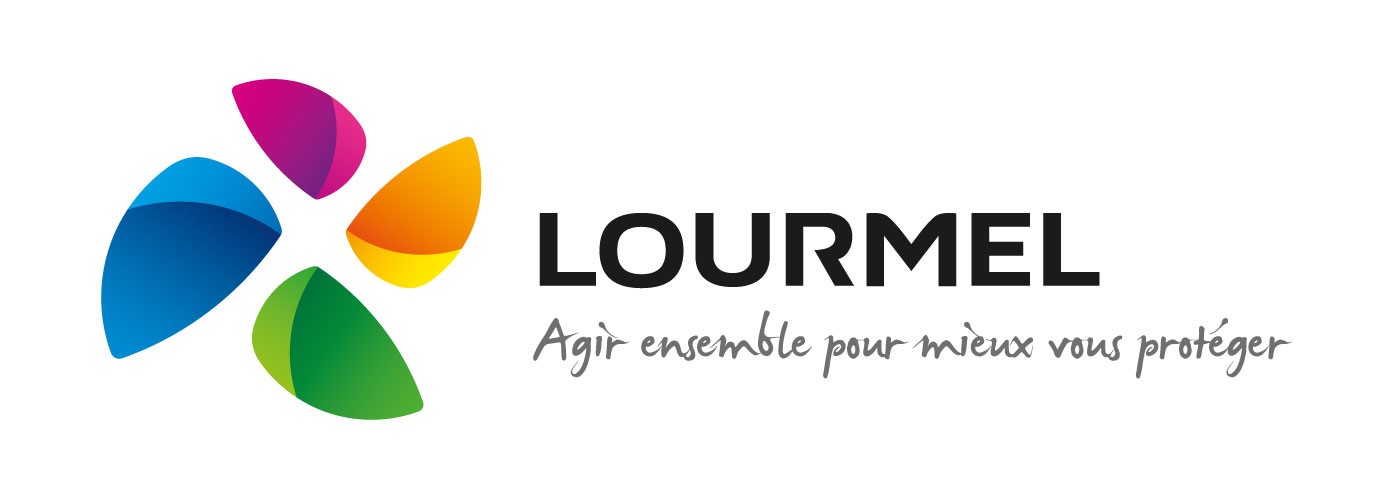Print media has come under pressure from many sources: The Internet, changes in the advertising market, changing consumer behavior and rising costs.
This is why printers will have to deal more intensively with quality, finishing and premium products.
If everything that has been written in the newspaper jungle, said in congresses, preached by Internet visionaries and analyzed in studies by whomever, is true, then print would have long since died. TV and radio too. But in contrast to the hypothesis that television has its future behind it and its downfall in front of it, this entertainment and information medium is still doing just fine. In the last four years, it has even significantly increased its advertising revenues ahead of all other media.
Now, it would be unrealistic to claim that the printing industry is still doing well. The situation is much too tense for that. In contrast to other industries, the upturn celebrated after the financial crisis of 2008 left the printing industry apparently unscathed.
This is because the developments of the last ten years had a completely different effect on the crisis-tested printing industry. Through the structural changes in the advertising and consumer market, the latent problems were accelerated in their impact.
Given the facts, there is no doubt that the printing industry will continue to shift and change in the coming years. To say that, in this context, print media will continue to have a firm place in the future may astonish some online readers, but it would be hard to imagine life without print, which is often denigrated as a “wooden medium”.
The fatal thing about this situation, however, is that print is usually only measured by the declining sales of newspapers and magazines. However, every insider knows that printing is far more than producing long runs on presses. Therefore, it is absolutely presumptuous to predict the near end of printed media.
Print is different
Something completely different is going to happen. Print is changing, print is different – print is becoming premium! And that will have consequences. A “premium strategy” is always referred to in marketing when companies consciously focus on high-priced products. Typically associated with this is a strategy of quality leadership. “Premium” therefore stands for excellent products of high quality and above-average prices.
Premium sounds like valuable and luxurious, like shine, glamour and golden times. And all of a sudden this applies to the printing industry? An industry which has never been able to push through higher prices in recent years. A printing industry that produces sometimes miserable printed products on behalf of its customers. An industry that is seldom able to communicate sensibly and to market in a targeted manner, and in which service too often plays only a subordinate role. So, can this industry even meet the premium standard?
After all, for some time now it has been fighting against declining print runs, against the ongoing decline in margins, against the competition from digital media and – if you like – also against its own customers. To be more precise: against advertising agencies that believe they have to convince their customers that advertising on the Internet is cheaper, more effective and more environmentally friendly (even if reality looks completely different). And it suffers from customers who want more and more service for less and less money.
This is what forces all printers to immediately and more urgently think about their products and their own way now than ever before.
The future of printed matter
In order to analyze the future of printed communication, it is first necessary to sort it out. Print products must be measured by whether they are really needed. The question quickly arises, do we really need brochures or mailings that go unread into the trash because they are of no value? Carelessly produced printed matter also has no future and should be disposed of before it is delivered.
In the future, only what is supposed to last for a certain amount of time or is valuable and looks like it is out of the ordinary will be printed. Print products that have a certain value. This can be the content, but it can also be the type of printed material.
Printed information can be ambassadors for an idea, a person’s attitude towards life or the philosophy of a company. Such messages can best be conveyed via a printed product, because it can establish a highly personal relationship with the recipient via the haptics of the paper, the design of the object or the way in which language is found and addressed.
In the future, only what is supposed to last for a certain amount of time or is valuable and looks like it is out of the ordinary will be printed.
Less, but more valuable
To broadcast a message is one thing, to really communicate a message is quite another. A well-done printed matter will be able to do this better in the future than screen-oriented media. This is an important reason why the mass product printed matter could become a premium product.
The emotionality associated with print products, that smell and feel, and those that amaze us, can already be seen today as a premium factor. Premium therefore means class instead of mass.
And above all, premium also means first-class, excellent, customer-oriented service – in which the customers are not bothered with every little detail but feel a courteous comfort.
But the inextricably linked question is: Who should pay for all these services, for the paper and for the postage of the printed products when the price is already determined today by one print job or another? There is only one possibility: the efficiency of the printed matter must continue to increase. Less but more valuable printing is the way to go. How fast this may develop in reality is a question of time – but there is nothing to shake the trend.
In this context, however, Premium could also mean that there are only a few companies that can meet this requirement at all. There are many wineries that produce mass wines in comparatively large quantities at low prices, but only a few that produce absolute top wines in small quantities and then earn a lot of money from them.
Paper symbolizes value
In any case, paper will play a role in the future that is common to all scarce goods: it symbolizes a value. This means that the trend, which is still regarded today as a niche market, can become a future path for print shops: To turn an ordinary printed product into a higher quality product with fine paper and finishing.
Print products are then divided into valuable communication and the sheer volume of information that can also be consumed by electronic media. If the Internet becomes more and more and more free of charge, print will become less quantitative, but its added value could increase significantly. The future of printed matter therefore lies in the intelligence of the printed product and in the excellence of its execution, in high quality and in the extraordinary.
However, it is also possible that markets will open up for the graphics industry that have not yet been seriously considered. How about printing “more secure” documents, for example? Today, invoices, payment requests and the like already end up in e-mail inboxes where there are doubts as to whether they are genuine.
And often enough they prove to be well-made forgeries and traps. Perhaps professional printing with security features will help in future to distinguish “real information” from those of the virtual (and sometimes criminal) Internet world.
A Leaner Paper Age
In such a scenario, where the paper should and can convey value, the printed matter (even from printing houses), which is often badly made in terms of design and content, and which flutters into your house, has no use. Many of the so-called customer magazines (4 pages, A4, 4c) are not masterpieces at all and have nothing in common with the premium version.
Were it not for the exceptions, which still show that there are excellently designed and produced printed products. Print products that convey emotions, that inform and at the same time are entertaining, print products that arouse the desire for more print, that can do more than cheap standard prints.
However, this also includes placing more emphasis on the conception and meaningfulness of the content in harmony with the design. The readers very quickly recognize the effects of showmanship and expose this “dishonesty”.
Even if the discussion about the current and future media culture occasionally degenerates and prophesies both the downfall of the West through the Internet, and the Internet as the only salvation bringer, there is still a third way left between the “media hype” on the one hand and a pessimistic “no media” on the other: to use the strengths of the respective media and develop print products in a leaner paper age, which we may have never seen before (or in a combination).
Mass Customization is the appropriate keyword. This opens up completely new possibilities to turn a mass-produced printed product into truly individual and unique products that really deserve the word premium. Because Mass Customization leads to the fact that individual, tailor-made printed items also receive a premium value.
My take: From the forecasts of how the media will develop, there is a consequence for everyone who is part of the graphics industry: Either you turn to the page “information explosion”, where it’s all about mass and where there hasn’t been anything to earn for a long time – or you take the side of “media refinement” and “information efficiency”, where less quantity can mean more impact and profit at the same time. Perhaps we shouldn’t be so keen on the printing industry growing. We have to work through media efficiency to make it more profitable. The current task facing the printing industry is to transform printing into a leaner paper age while remaining a media producer.
Lire : Beyond Print du 12 septembre







